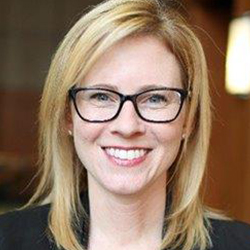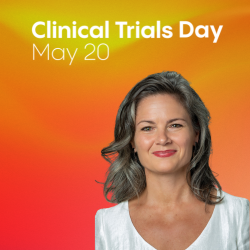Many clinical trial practices lose as much as 10% of potential revenue due to inaccurate, lost, or missing charges, says Noelle Gaskill, vice president for research operations with SignalPath.
Clinical trial operations are “leaving money on the table” by failing to capture revenue—and part of the problem stems from relying on weak technology packages that usually aren’t designed specifically for clinical trial practices, Gaskill says. On the other hand, a clinical trial management system (CTMS) “can enable revenue generation through better trial portfolio management,” she adds.
The clinical trial industry has demonstrated strong interest in CTMS. For example, the Veeva 2018 Unified Clinical Operations Survey examined the life sciences industry’s progress toward a unified clinical environment by gathering the experiences and opinions of 331 clinical operations professionals from around the globe. It found all respondents saying they want to improve the use of CTMS in study operations. Top drivers are greater visibility (70%), more proactive risk mitigation (65%), and better study analytics and reporting (61%).
Gaskill will explore the merits of CTMS as a speaker at ACRP’s upcoming Southeast Regional Conference in the Research Triangle Park at Durham, N.C. She’s a research professional with nearly 20 years of experience across the clinical trial industry from sites to technology, and most recently ran the operations of a large oncology network with more than 150 sites.
ROI of a CTMS for Clinical Research Sites
Join Gaskill at the ACRP Southeast Regional Conference in Durham, NC, October 3-4 as she addresses how a CTMS will generate revenue and reduce costs.
“A CTMS can include financial tooling to help you identify costs and ensure efficient management of invoices and other means of revenue generation,” Gaskill says. Effective revenue capture is of paramount importance, she says, noting that approximately 20% of total clinical trial costs are related to clinical procedures.
A CTMS can also be an invaluable ally in portfolio management. It can be a “powerful tool” to create enrollment efficiencies and provide “insights into your research patient population,” Gaskill says.
Clinical trial practices can also leverage a strong CTMS to help with patient enrollment. Set up properly, Gaskill says, a CTMS can make it easy to search for patients with key inclusion criteria, provide a quick reference of eligibility criteria, and identify trends in the studies that have a quicker rate of enrollment.
Author: Michael Causey



